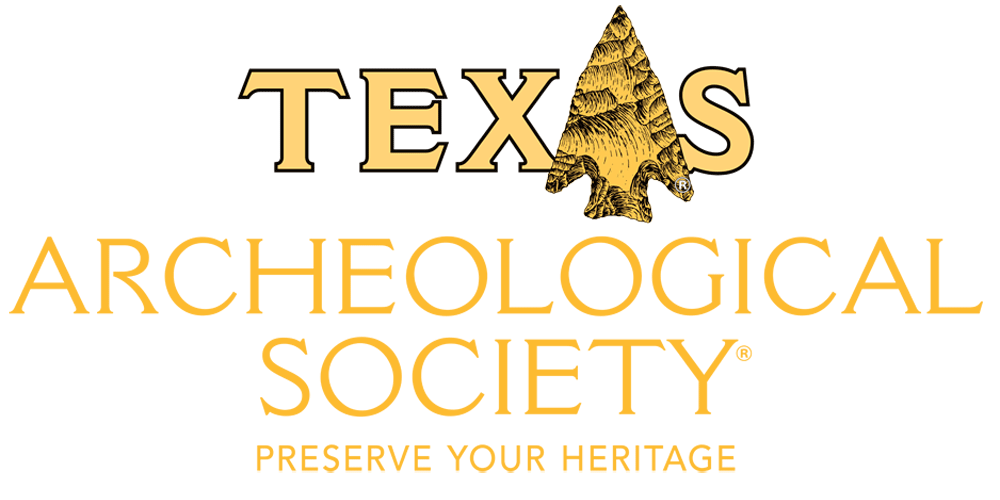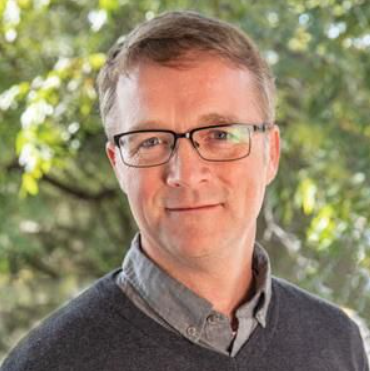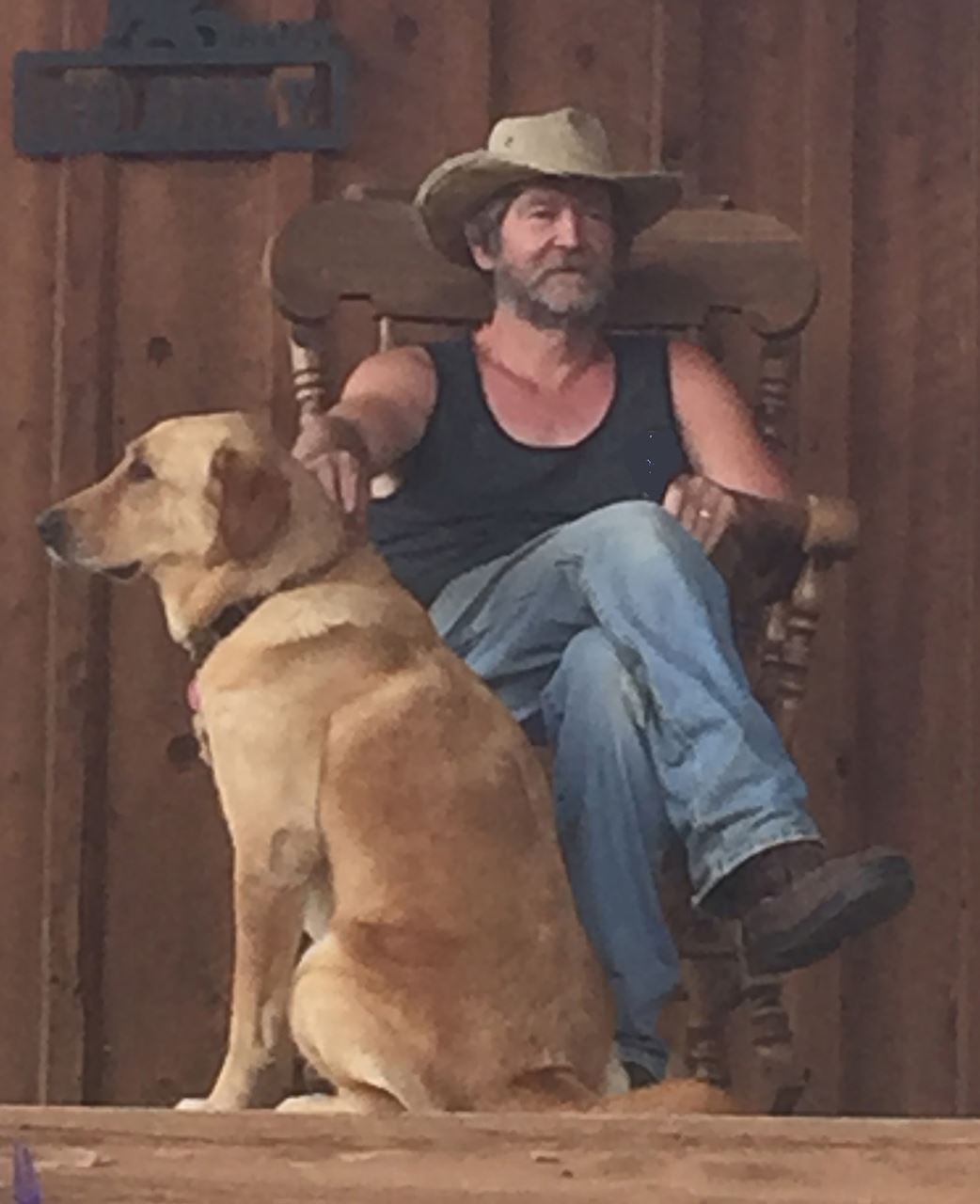95th Texas Archeological Society Annual Meeting October 25 - 27, 2024 Program Information |
The 2024 Annual Meeting program listing schedules and all events can be downloaded by clicking the cover image. We look forward to seeing you in Victoria! |
Public Night Presentation Friday, October 25th Brad Jones Presidio Soldiers or Soldados Flecheros? New Interpretations of Daily Life at the 1721-1726 Site of Presidio La Bahia de Zuniga (41VT4), Victoria County
Brad Jones is Director of the THC’s Archeology Division and the State Archeologist, with over 25 years of experience in archeology and ethnohistory of Texas and the Americas. His research has focused on all periods of Texas, but Jones specializes in the articulation of Native American communities with European colonial empires and their material cultural expression. He has been involved in the exhibit of the French ship La Belle and publication about it, and he is currently working on a report on the THC excavations of Fort St. Louis and Presidio La Bahía. | Banquet Presentation Saturday, October 26th Dr. Leland Bement How to Kill a Buffalo When Harsh Words Are Not Enough
The presentation will cover the discovery, excavation, and interpretation of key Oklahoma bison kill sites, representing Clovis, Folsom, and Plainview time periods. Key topics include how did Paleoindians find bison herds? How did they trap and kill the animals? and How did landscape features, bison behavior, and hunter organization combine to ensure multiple successful kills? A special topic includes a discussion of the evidence that the hunters also relied on ritual and ceremonies for a successful hunt.
Dr. Leland Bement currently works as a senior researcher for the University of Oklahoma, Oklahoma Archeological Survey. Dr. Bement is primarily interested in the development of New World hunting technologies. He specializes in animal bone archaeology, particularly as represented in Plains bison kill sites of all ages. His first bison kill site excavation was at Bonfire Shelter under the guidance of Drs. David Dibble, Solveig Turpin, and Ernie Lundelius. It was under their tutelage that he learned to look beyond artifacts and to place material culture, including animal bones, within constructs of social organization. Reconstructing herd demographics is as important as reconstructing the butchering programs employed after a successful kill. The interplay between people, prey animals, landscape features, and the environment reveals social as well as technological developments in hunter-gatherer and horticultural societies. |
Luncheon Lecture Friday, October 25th Dr. Harry Shafer A Witness to Seventy Years of Texas Archeology: Paradigms, Personalities, and the Texas Archeological Society
Born in the Great Depression and following Texas archeology and the TAS since I was a kid, I have witnessed and participated in the growth and changes over the past seventy years. My first encounter was with the very TAS pioneer generation who established the society, mentored by the second generation of professional archaeologists who established the first state-wide systematic chronological and regional frameworks, and a member of the third who began to fill in the gaps of knowledge across the state and challenge the established order, and passed the tourch to the current generations. Major changes in interpretative frameworks or paradigms have occurred during my life-time time and these were often driven by personalities among both professional and avocational fields. I will highlight some good archeological discoveries that has led to how we know what we know, and some bad mistakes along the way. Furthermore, the free reign of pay-digs across the state is destroying national register quality sites an enormous rate. With the now restrictive federal mandate that puts the clamp on the science of archaeology and the willful destruction of archaeological sites, the role of the TAS as a steward of the past becomes more important now than ever. |
|
Our post-event tour will visit BOTH 41VT141 (Paleoindian site) and 41VT11 (Mission Espiritu Santo) using two buses. Two buses will pick up riders at the Victoria College Emerging Technology Complex at 10 AM on Sunday. One bus departs for 41VT141 and the other to 41VT11. After an hour at each site, the buses will drive to the other site. More details on travel time and meals (if any) soon. Max of 25 per bus - only 50 spaces available! Trip should end about 1:30pm back at the VCETC. |


 The Texas Historical Commission's 1999-2002 excavations at the Keeran Site (41VT4) recovered over 125,000 artifacts and numerous features that document the successive French and Spanish colonial occupations. The analysis of the distribution of artifact types and classes across the site in relation to architectural features presents a unique view on the daily practices of the site's inhabitants. This talk focuses on the 1721-1726 Spanish colonial presidio La Bahia de Zuniga component, the earliest permanent Spanish colonial occupation in the Coastal Bend. Spatial analysis of the artifacts and features provide unexpected insights to the materiality of the lives of the inhabitants that reveals the complex interplay of identity, class, and practice as they adapted to living on the Spanish frontier.
The Texas Historical Commission's 1999-2002 excavations at the Keeran Site (41VT4) recovered over 125,000 artifacts and numerous features that document the successive French and Spanish colonial occupations. The analysis of the distribution of artifact types and classes across the site in relation to architectural features presents a unique view on the daily practices of the site's inhabitants. This talk focuses on the 1721-1726 Spanish colonial presidio La Bahia de Zuniga component, the earliest permanent Spanish colonial occupation in the Coastal Bend. Spatial analysis of the artifacts and features provide unexpected insights to the materiality of the lives of the inhabitants that reveals the complex interplay of identity, class, and practice as they adapted to living on the Spanish frontier.
_(14569234687).jpg)



